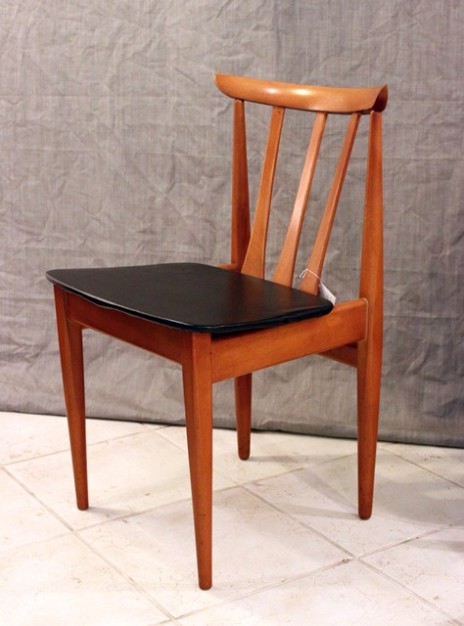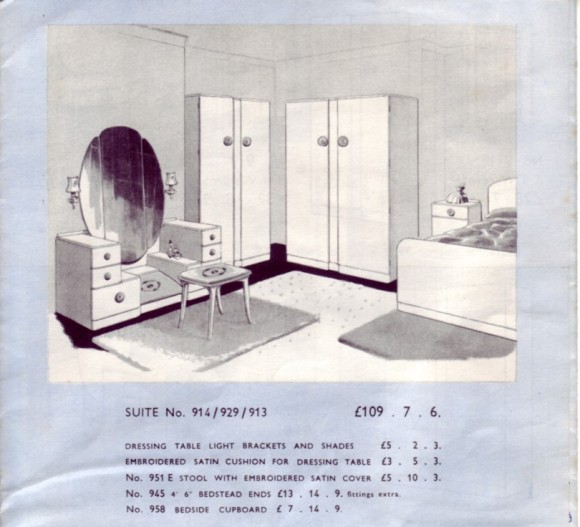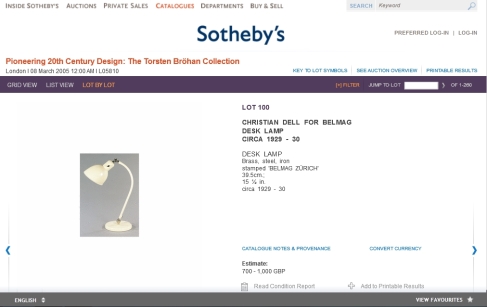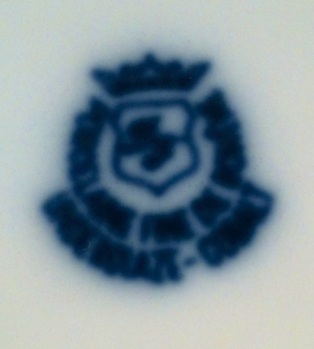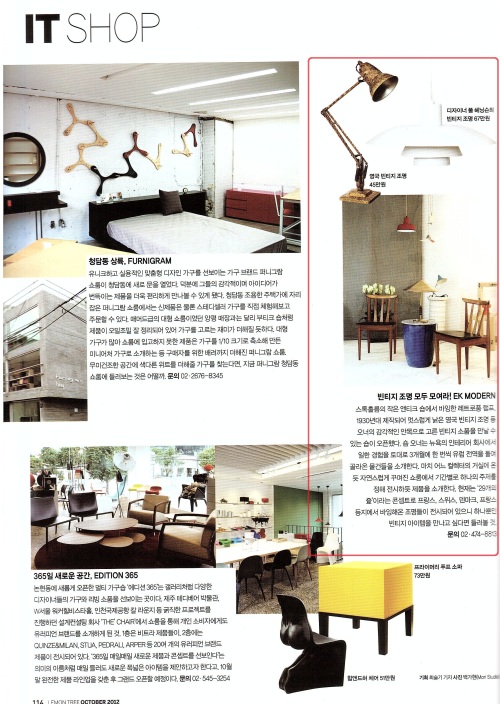There are really really good people who share their knowledge for free (in this commercialized, money-can-buy-your-soul kind of world!). While researching for the “DF porcerlain service set” I found a website that explores the entire history of this maker. Deapite my effort to summarize the whole story, it may look cumbersome. But it is amazing to see what kind of history the objects in front of me hides behind them.
In short, it is believed that the “DF porcelain service set” was created in 1920-45 based on their form and mark.
So enjoy the epic story of porcelian manufacturers! Many thanks to Porcelain Marks & More http://www.porcelainmarksandmore.com/bohemia/dallwitz_1/00.php and Ginni’s Bohemian & Czech Porcelain Factory & Marks Information http://www.collectorscircle.com/bohemian/porcelain/marks_table1.html .


1804-1814 Stoneware factory by the Ritter von Schönau brothers & Haßlacher
The brother Johann and Wenzl Ritter von Schönau founded a stoneware factory in Dallwitz and hired a technical specialist Benedikt Haßlacher as partner and director.
An instant success of business!
1814-1832 Stoneware factory by Johann Ritter von Schönau (father) & Wolfgang Julius Ritter von Schönau (son)
Wolfgang during his time decided to rather concentrate on porcelain production, receiving a porcelain factory concession from the Gubernium on December 9th 1830. Even though the factory was running pretty well and all experiments were successful, Wolfgang sold the factory to the former farm owner Wilhelm Wenzel Lorenz.
1832-1850 Stoneware factory by Wilhelm Lorenz
A complete modernization of the factory and in 1844.
Wilhelm Wenzl Lorenz in 1850 sold the factory to the accountant Franz Fischer
1850-1855 Stoneware factory by Franz Fischer
The company continued to produce nearly the same range of products including luxury goods, tea- and coffee sets, plates, bowls and dishes, vases and a small number of figures as well as doll house items.
1855-1860 Stoneware factory by Franz Fischer & Franz Urfuß
Franz Urfuß joined the company as partner in 1855. The factory was renamed accordingly. However soon afterwards the two started to argue about the product range (which by now also included Rococo Revival pieces) and funding until Fischer finally gave up and retired, selling the factory to Urfuß.
1860-1871 Stoneware factory by Urfuß
Without proper financial backing Urfuß was in the end forced to turn over control of the factory to his main creditor, the ‘Thüringer Bank’ (the largest Thuringian savings banks at that time).
1871-1889 Stoneware factory by David and Friedrich Riedl von Riedelstein
The ‘Thüringer Bank’ sold the factory in 1871 to the brothers David and Friedrich Riedl von Riedelstein. The brothers David and Friedrich drastically changed the product range and by the year 1883 it consisted of various porcelain dinner, coffee and tea sets both in standard or luxury versions as well as stoneware wash basin sets and normal tableware with lead-free glaze as well as many decorational majolica items based on various genres.
1889-1891 Porcelain factory Springer & Co.
Friedrich Riedl von Riedelstein sold the factory to Springer & Co., owner of the porcelain factory in Elbogen, which installed Ludwig Pröscholdt as director who concentrated on porcelain production and gradually discontinued the work on stoneware and majolica.
1891-1918 Porcelain, Stoneware and Majolica factory Pröscholdt & co.
Pröscholdt in 1891 together with the shareholders Rudolf Gottl and D. Zebisch purchased the factory from Springer & Co. and despite the misleading company name the factory actually only produced porcelain, re-activating the well-known basic ‘DF’ mark originally used by David and Friedrich Riedl von Riedelstein.
1918-1920 ÖPIAG – Östereichische Porzellan-Industrie A.G.
During the last years the market for Bohemain porcelain had slowly changed and business was slowly declining at all factories of the region. Based on an idea from 1917 the company was the first approached by a representative of the Austrian government and so got directly involved in the founding of the first association for porcelain promotion in Bohemia, the Österreichische Porzellan Industrie A.G. or ‘ÖPIAG’ for short.
1920-1945 EPIAG – Erste (böhmische) Porzellan-Industrie-A.G., Betriebsstätte Dallwitz
Following the successful establishment and first complete business year of the association the members eventually decided to rename it to reflect the changed political situation and as there were rumors of upcoming competition in form of the ‘Porzellan-Union A.G.’ the board decided to make a point by renaming the business according to the fact that it had been the first of its kind (in Bohemia). Business boomed and in 1930 the factory employed around 400 workers, a number which remained stable until 1937.
1945-1958 Starorolský Porcelán, EPIAG Dalovice
The whole EPIAG group was nationalized in 1945 and together with other factories became the ‘Starorolský Porcelán’ group. Due to the long tradition of the former privately owned Dallwitz factory in combination with its role during the OEPIAG/EPIAG period the name ‘EPIAG’ itself remained part of the factory name even after the creation of the ‘Karlovarský Porcelán o.p.’ branch directorate in 1958.
1958-1992 Karlovarský Porcelán, EPIAG Dalovice
The years passed and the factory in Dallwitz often played an important role in the history of the ‘Karlovarský Porcelán’ group, successfully representing the group on the national and international markets.
1992-1997 EPIAG DAFA s.r.o
In 1992 finally, shortly after the porcelain factories in Jokes-Witwitz near Jakobsburg (Czech ‘Jakubov’) and Gießhübel (at first named ‘Kysíbl’, then ‘Stružná’) had been integrated into the state-owned ‘Karlovarský Porcelán’ group, the general reprivatization process set in and all factories from the group were taken over by the transfer company ‘EPIAG DAFA s.r.o.’ which in 1997 stopped production at the Dallwitz plant.
2002-present EPIAG Lofida Porcelán CZ s.r.o.
After a few years the former factory and all name and trademark rights were purchased by the ‘Lofida Porcelán CZ s.r.o.’ and business was reactivated under the famous EPIAG abbreviation. The company shortly afterwards already employed over 80 people and offered a comprehensive range of utility and exclusive chinaware products. Business was an instant success and already in the year 2009 the company was able to purchase the factory in Chodau (Czech ‘Chodov’), a former subsidiary of ‘Haas&Czjzek’ from Schlaggenwald (Czech ‘Slavkov’).
– the end 😉 –
Read Full Post »
